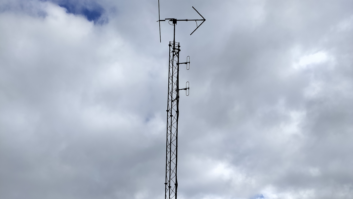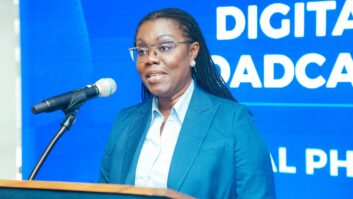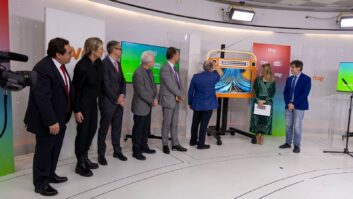In connection to the recent Swedish government consultation regarding public service, the telecom authority Post-och telestyrelsen (PTS) is raising its eyebrows at any extra public funding for the implementation of DAB.
According to a document presented by PTS to the Ministry of Culture, it isn’t possible to make a decision about the future of DAB in Sweden until there is enough proof of consumer demand for the technology. The organization also points to the costliness of transitioning from an FM to a digital network. Instead, it says that there has been an enormous breakthrough in IP-based technology, which includes moving images and sound, and regards Web-based digital radio as an important complement to FM radio.
There are many benefits to FM broadcasting, according to the PTS, including the fact that it can be broadcast over large coverage areas, particularly useful during emergencies or catastrophic situations, and that the FM band uses the same spectrum worldwide — 87.5 to 108 MHz.
The telecom authority believes that a digital multiplex system would be detrimental to small operators and may be an impediment for widening the program spectrum. It also says that it plans to support the development of analog broadcasting on the FM band by continuing to modify the planning parameters to allow for more space for radio broadcasters on this band.
Furthermore, explains the PTS, it is possible to supplement FM radio with Web radio. And, it adds, if the 700 MHz band is used for mobile phones in Sweden (like in the U.K), it will be mandatory to find other bands for digital terrestrial television. One alternative, says PTS, would be band III (174 to 240 MHz), which is today used for DAB.
The government has yet to decide on the national spectrum policy for Sweden. Finland has already reserved Band III for television instead of audio broadcasting.
— Christer Hederström












